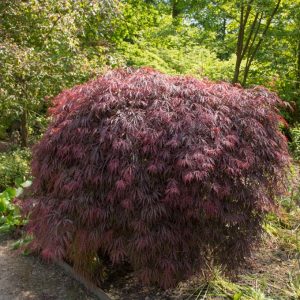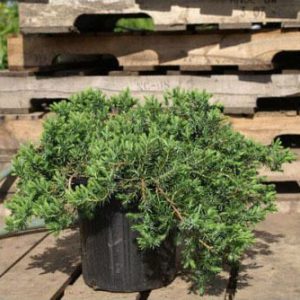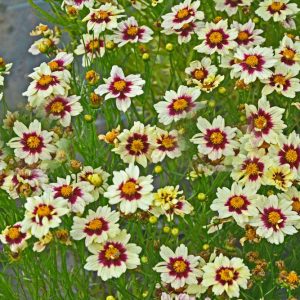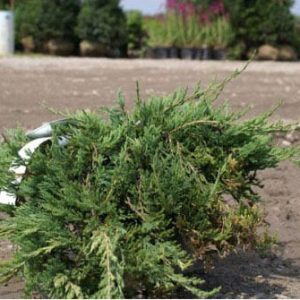Description
Asplenium – Spleenwort – Ceterach – Phyllitis
There are over 700 species of evergreen or semi-evergreen terrestrial and epiphytic ferns, in this genus. They are found in a wide range of habitats. They produce short erect, or creeping rhizomes that bear tufts of fronds, which may be feathery or bipinnate but could be unevenly divided. Some forms “bird’s nest” in which the fronds are smooth, un-lobed, un-toothed that overlap to form a nest, in which organic matter collects. Sori are linear and usually run parallel along the midribs towards the edge of the fronds. They’re great for many situations in wall crevices, rock gardens, shady border, woodland garden even as a houseplant.
When grown outdoors grow in humus rich, moist but well-drained soil with additional grit in partial shade. Divide in early spring.
Prone to scale insects, mealy bugs, deformation due to over fertilization, and bacterial leaf disease, and foliar nematodes can occur.
Asplenium rhizophyllum – Camptosorus rhizophyllus – Walking Fern – This semi-evergreen or deciduous terrestrial fern from North America can grow to 9” tall and can spread indefinitely. It produces tapered triangular to lance shaped or linear simple fronds, that’s shaped and sometimes pinnatifid at the bases, with short, reddish green stalks. The frond tips curve over and will root where they touch the ground quickly forming large colonies. Prefers alkaline soil.
Zones 5-9





